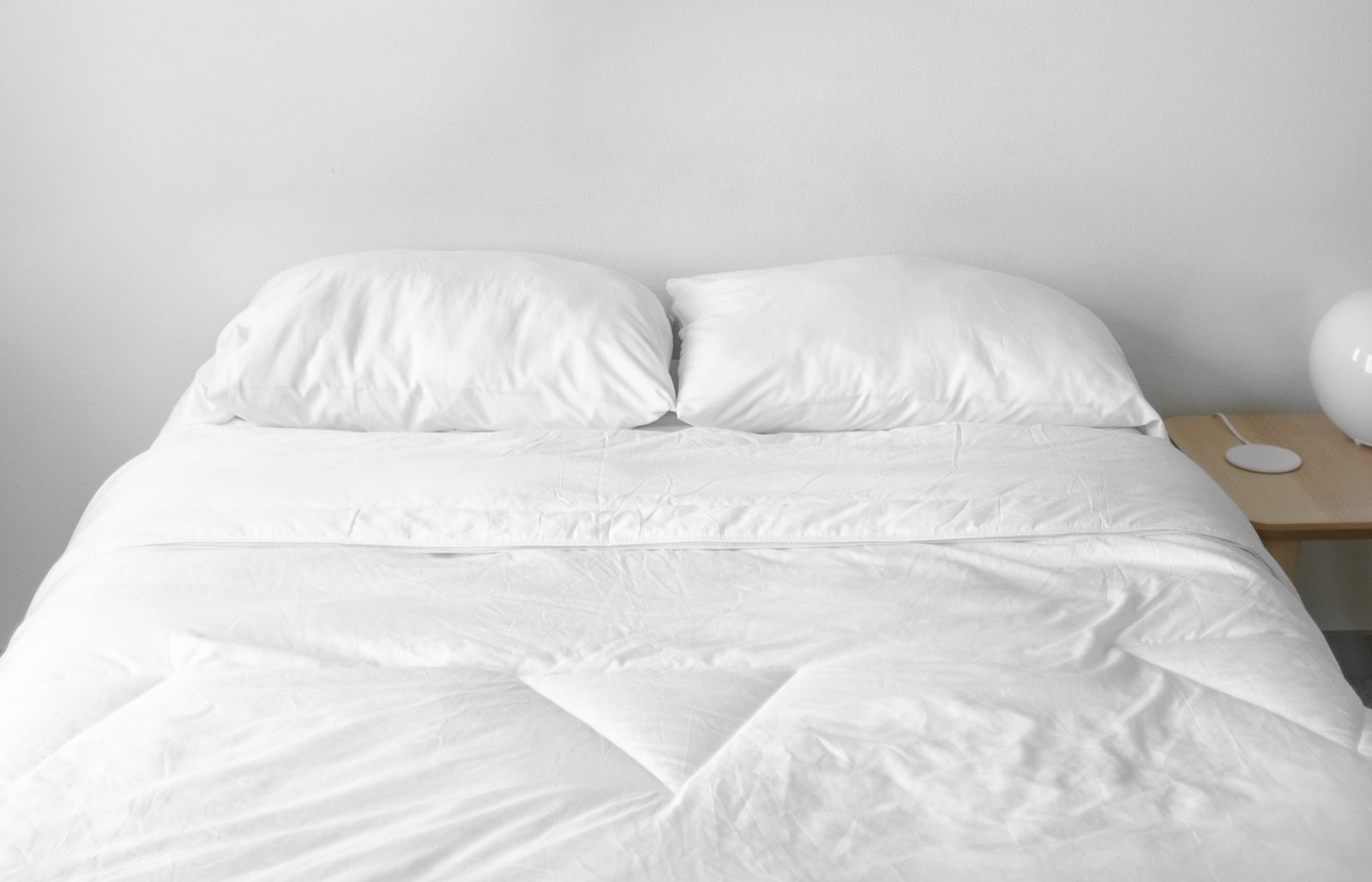A lean, clean, green machine. That’s what we’re all aspiring to be right? Fortunately, there are so many ways you can live a life less impactful. Firstly, there’s the obvious; healthier eating habits, a more energy conscious approach, organic clothing and beauty products…you know the score. But leading a properly chemical-free lifestyle requires more than the obvious. There are the choices more esoteric, and seemingly innocuous; the purchases you often don’t give a second thought to. Believe it or not, even the mattress you choose can have a substantial impact on your ‘green’ credentials.
Indeed, choosing a mattress which is non-toxic, made from all organic materials, and free from harmful chemicals and synthetics can make one hell of a difference, not only to the environment, but your sleep too. There really is no reason not to. With that in mind, here’s the IDEAL guide to eco friendly mattresses.
CONVENTIONAL MATTRESS CRITICISM
It’s only been more recently that consumers have become aware of and, at times, concerned, with harmful chemicals in products that have always seemed harmless. Most conventional mattresses are made with synthetic petroleum products. Petroleum products, such as commonly used polyurethane foam, can emit what are called, volatile organic compounds (VOCs). Indeed, conventional mattresses have been tested to contain upwards of 50 VCOs.According to the Environmental Protection Agency, and this can lead to some health problems and complications. When we spend so much time in such close contact with our mattress, this is an issue which shouldn’t be taken lightly.
ORGANIC MATERIALS
The good news is this; organic materials in eco-friendly mattresses contain none of these harmful elements. Certified organic mattresses often contain a mixture of materials, including natural wool, organic cotton, natural organic latex, soybeans, hemp, and even coconut husks. For those who suffer from allergies, asthma, or respiratory problems, all-natural mattresses are often designed to meet standards for low emissions and indoor air quality.
These natural materials are much more biodegradable, and are breathable and insulated, allowing for a cooler sleep in the summer and a warmer sleep in the winter. In addition, they are absorbent and moisture-wicking to provide a more comfortable rest. Perhaps most pertinently, they don’t grow mold.
PRICE COMPARISONS
Eco-friendly mattresses can be expensive, much more than traditional foam/spring mattresses. A happy medium could be mattresses made with a combination of natural latex and organic wool or cotton, which are usually comparable in price to popular memory foam mattresses on the market. A natural wool and latex combination is usually the most expensive, but an organic cotton/spring design can be more affordable.
Not only are you paying for natural organic materials as opposed to synthetic ones, but you are also paying for sustainable manufacturing processes. Many eco-friendly mattresses are manufactured in North America and pay workers ethical living wages; an investment, for sure, but one with long-term benefits to your health and also to the environment.
KEEP IT LOCAL
Local production also helps ensure a minimised carbon footprint. Overseas shipping increases the overall emissions the company is responsible for. Local production also ensures that environmental manufacturing standards are more easily verified by third-party certification agencies, government regulated, or not-for-profit agencies with no financial gain at play.
CERTIFICATION SEALS
Keep an eye out for the various certification standards which come with ‘eco friendly’ mattresses, as they can denote very different things. The key ones to be aware of are:
Global Organic Textile Standard (G.O.T.S) – One of the most effective and trustworthy seals to see on an eco-friendly mattress. They ensure all materials used are certified organic. They are also concerned with ethical worker treatment and ensure that workers’ rights and work conditions are held to a high standard.
GreenGuard – This seal does not address flame retardants but instead focuses only on VOCs and formaldehyde.
OEKO-TEX – This organization values human health and ecological standards. They were formed to give guarantees on textile production and focus on the adverse health effects of textiles. The OEKO-TEX Standard 100 deals with carcinogens, crop protection, heavy metals, and toxic substances. Their facilities are also very transparent and trackable. They are widely regarded as one of the most valuable certification seals.
DURABILITY QUESTIONS ANSWERED
Natural latex mattresses have some of the longest lifespans of any mattresses on the market. The durability of foam mattresses is dependent on density. Natural latex has an intense density that can ensure being effective and viable for up to 40-50 years. This dwarfs conventional mattresses, especially those made with polyurethane foam.







